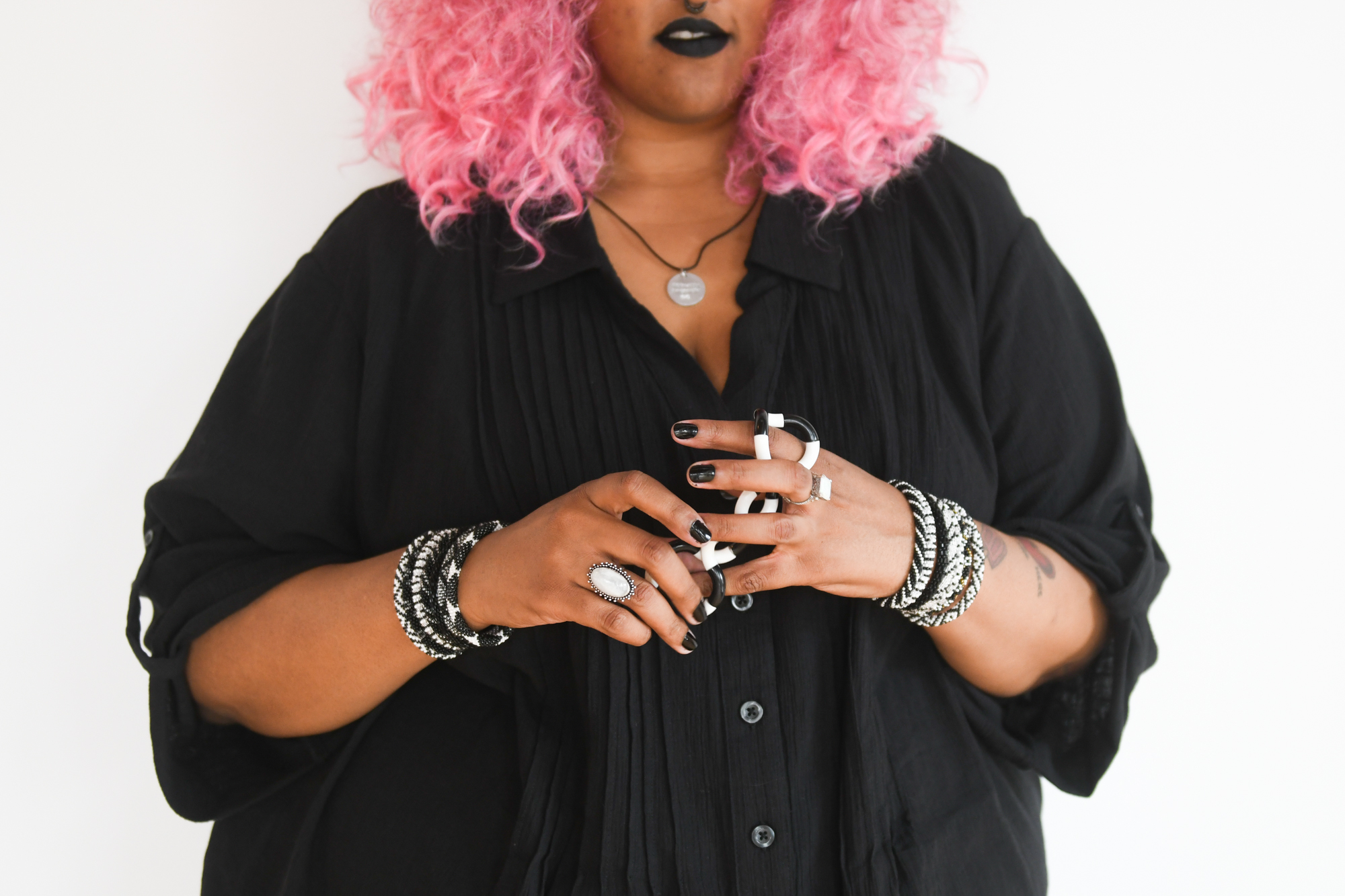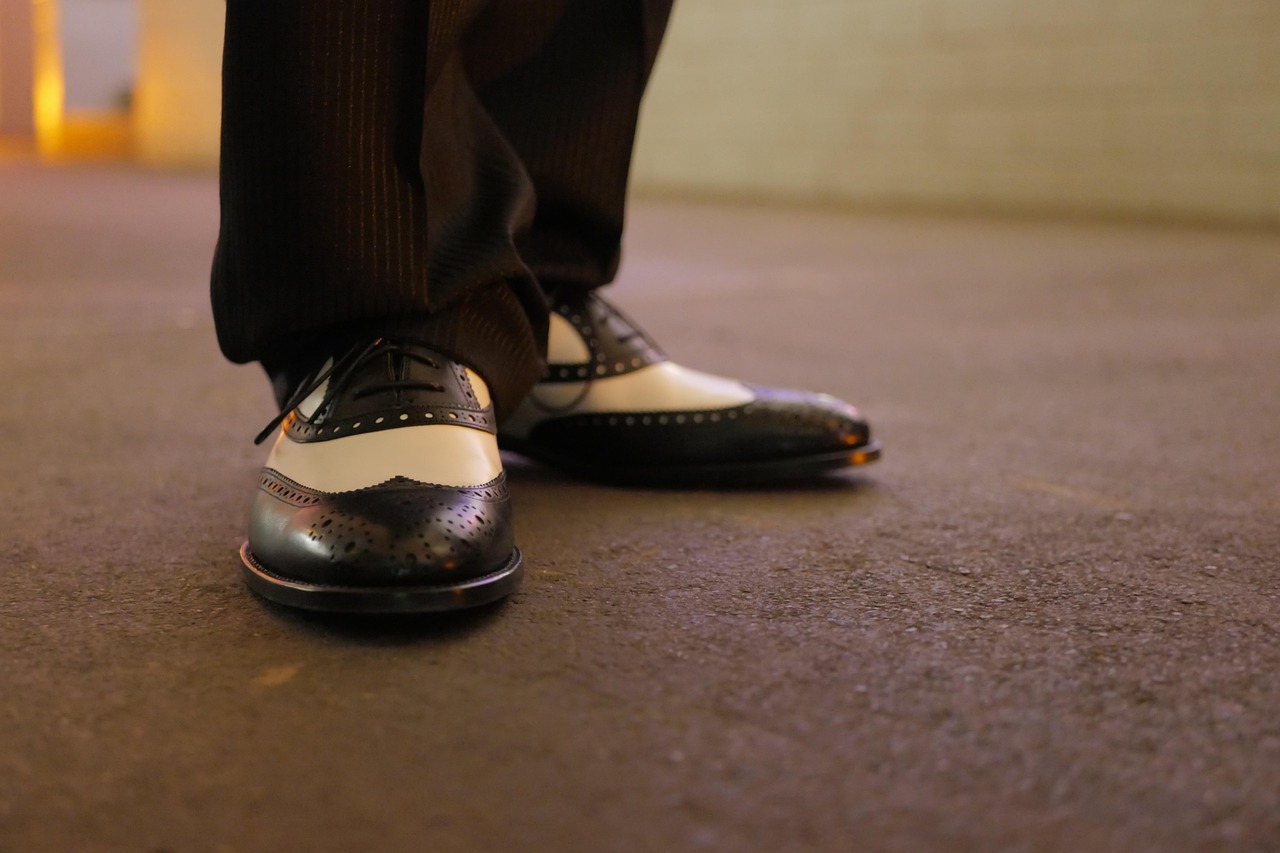Have you ever felt like something was off during a conversation but couldn’t quite put your finger on it? That nagging feeling often stems from reading subtle body language cues that your brain picks up before your conscious mind does. Understanding these nonverbal signals isn’t just about becoming a human lie detector – it’s about developing deeper social intelligence and improving your relationships.
Research by Albert Mehrabian found that when verbal and nonverbal messages conflict, rely 55% on body language, 38% on tone, and 7% on words to interpret emotions – though this specific finding doesn’t apply to all communication. This means you’re constantly receiving and sending messages through your body, whether you realize it or not. When feel uncomfortable, their bodies often reveal the truth long before they verbally express their feelings.
Avoiding Eye Contact Like It’s Their Job

Making eye contact is an important part of communication. It shows that we are interested in the person we are talking to and are engaged in the conversation. When someone consistently looks away, down at their phone, or anywhere but at you, they’re essentially putting up an invisible barrier.
Lack of eye contact can be a sign of disinterest or . It can also make the other person feel disconnected from us. However, context matters enormously here. If someone is looking everywhere but you, they’re probably not comfortable. A simple way of testing this is to say their name in the conversation: for instance “Isn’t that right, Carl?” Most people, upon hearing their name, will look at you and hold eye contact for several moments. If someone glances at you when you say their name, then immediately looks away, they may be uncomfortable.
The Classic Crossed Arms Defense

In a typical office setting, you might notice a person with arms crossed, tapping their foot, or constantly avoiding eye contact during meetings. These cues are often subtle but powerful signals of , disinterest, or resistance. The crossed arms position creates a physical barrier between the person and their environment.
Crossed arms can often be a sign of hostility or disinterest. It can also be a nervousness body language cue. By folding our arms, we are physically closing ourselves off and “protecting” ourselves from those around us. Still, remember that some people cross their arms simply because they’re cold or it feels comfortable, so always consider the bigger picture.
Fidgeting and Restless Movement Patterns

Fidgeting is small movements made by the body, particularly the hands and feet, in times of nervousness. It is one of the most common nervousness body language cues. Watch for pen clicking, hair twirling, nail picking, or constant shifting in their chair.
When we become uncomfortable we often start to fidget. Fidgeting is a coping mechanism to reduce any nervous energy and try and calm down. Fidgeting in body language often denotes , anxiety, or restlessness. It can be a sign of nervousness or distraction, indicating that the person is not fully engaged or is feeling uneasy in the situation. These small movements are your body’s way of releasing pent-up tension.
Feet Pointing Toward the Exit

Feet are extremely powerful indicators of how someone is actually feeling. If someone’s feet are pointed away from their conversation partner, that’s often a signal that they’d rather exit the conversation. This happens because our feet naturally orient toward where we want to go.
The positioning of someone’s feet can show they are eager to leave or suppress agitation. For example, if someone appears friendly, but their foot is pointing in the direction of the nearest exit, this is a body language cue that someone needs to leave even if their face indicates otherwise. Your feet are honest – they rarely lie about your true intentions.
Shallow Breathing and Tense Body Language

Nerves can cause you to take quick, shallow breaths, which can lead to a shaky voice. To counteract this, practice deep breathing before and during stressful situations. When people feel uncomfortable, their breathing patterns shift noticeably.
Breathing shift is one of the key indicators that someone is experiencing . It is not uncommon for the body to freeze in times of stress and anxiety. There is essentially so much energy swirling around, that your body doesn’t know what to do with it. Instead of trying to release the energy or deal with it, the body freezes. This creates visible tension throughout their entire posture.
Covering Their Face or Touching Their Neck

Hands over the face represents one of the most telling signs of psychological . Rubbing your neck, touching your face, or playing with your hair can make you seem insecure. These unconscious movements reveal nervousness and can be distracting. People instinctively want to create barriers when they feel vulnerable.
Face touching often increases when someone feels cornered or questioned about something sensitive. Do you ever wonder why we cover our mouths when we are shocked or frightened? This is a way of hiding our emotions. It’s a useful gesture if we are scared by nothing too serious. These self-soothing gestures help people manage their emotional state.
Clock Watching and Time Checking

When we are waiting for something to end and have become uncomfortable, it’s common practice to constantly look at our watch or phone. This behavior screams “I want to be anywhere but here.”
If someone keeps glancing over your shoulder, down the block, or at their watch, take note. “That may be an indicator that you are either dominating the conversation or that it is a conversation the other person is not interested in,” life coach Dr. Ty Belknap tells Bustle. “Take a break from talking and ask the other person what they think or their views on the subject; then let them talk without interrupting.” Their eyes are essentially searching for an escape route.
Forced Smiles and Facial Tension

A nervous smile or tight facial muscles can look unnatural and make your obvious. Instead, take a deep breath, relax your jaw, and allow your expressions to be genuine rather than forced. Fake smiles don’t reach the eyes and often appear strained.
Nervous laughter is another thing to watch out for, as it is different from real laughter and may be a sign someone is uncomfortable. “Nervous laughter [may] erupt,” Henderson says. “As a way to release the uncomfortable tension they are feeling, [an uncomfortable person] may laugh or giggle at odd things.” These expressions feel hollow and disconnected from genuine emotion.
Voice Changes and Swallowing Hard

Nervousness can come out in the form of a squeaky, loud voice, again due to increased stress. “The voice will rise in pitch and sound more shrill,” Henderson says. “As the individual’s stress rises, tension also rises and this will constrain the vocal chords.” The voice becomes a reliable indicator of internal tension.
Swallowing hard often accompanies these vocal changes, as people try to manage their dry mouth and throat tension. These physiological responses happen automatically when the nervous system kicks into high gear, making them particularly reliable indicators of .
Creating Physical Distance

Move away from you is perhaps the most straightforward sign of . Leaning back with folded arms or sitting with your body turned away are postures that suggest disengagement. This type of body language at work can make you seem disinterested or even confrontational, affecting your professional relationships and team cohesion. People naturally move away from situations that make them uncomfortable.
Crossing your legs away from a particular individual may indicate your dislike or with them. If you see someone do this to you, it may mean they need some space. This subtle repositioning creates psychological and physical barriers without being overtly rude or obvious.
Reading these signals isn’t about becoming a mind reader or catching people in lies. Rather than focus on deception, in my experience, it is far more useful to become an “Issue Detector” because that is really what we are observing. When we see the physical displays of psychological , we are really seeing our bodies communicating there are “issues”; in other words, something is bothering us. The goal is developing empathy and improving your social intelligence.
signals work together with comfort signals to help you manage interactions. When you realize that someone is uncomfortable, you can quickly take action to fix the situation. Once the person is giving off comfort signals again, then you know you have successfully put the conversation back on track. Remember, these signals should guide you toward being more considerate, not more manipulative.
What do you think about these subtle signs of ? Can you recall noticing any of these behaviors in your own social interactions? Tell us in the comments.




